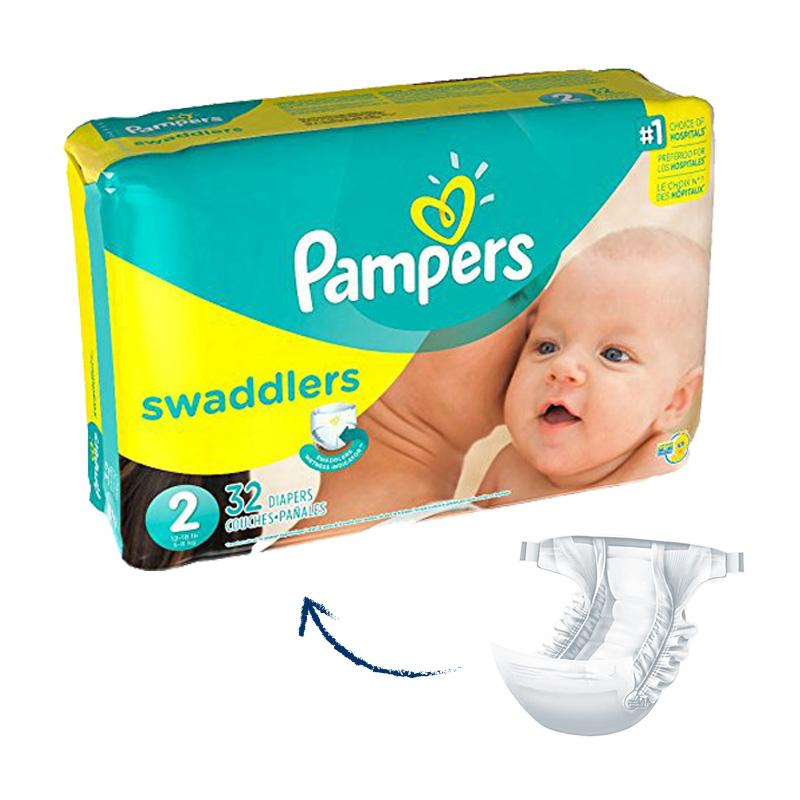Dog Food Packaging Bag: Essential Guide for Pet Owners

# Dog Food Packaging Bag: Essential Guide for Pet Owners
## Understanding Dog Food Packaging Bags
Dog food packaging bags play a crucial role in preserving the quality and freshness of your pet’s food. These specialized bags are designed to protect the contents from moisture, air, and contaminants that could compromise the nutritional value of the food.
Modern dog food packaging typically comes in various forms, including stand-up pouches, flat bags, and resealable options. The choice of packaging often depends on the type of food (dry kibble, wet food, or treats) and the quantity being purchased.
## Key Features of Quality Dog Food Packaging
When selecting dog food, pay attention to these important packaging features:
– **Barrier Protection**: High-quality bags use multiple layers to block oxygen, moisture, and light
– **Resealable Mechanisms**: Zipper closures or velcro strips help maintain freshness after opening
– **Durability**: Thick materials prevent tears and punctures during transport and storage
– **Print Quality**: Clear labeling with legible expiration dates and nutritional information
– **Sustainability**: Increasingly, brands are using recyclable or biodegradable materials
## Types of Dog Food Packaging Materials
Manufacturers use different materials for dog food bags, each with specific advantages:
1. **Multi-layer Polyethylene**: Offers excellent moisture and odor barrier
2. **Foil-lined Bags**: Provides superior protection against light and oxygen
3. **Kraft Paper with Plastic Liner**: More environmentally friendly option
4. **Stand-up Pouches**: Convenient for storage and portion control
## How to Properly Store Dog Food in Its Packaging
To maximize the shelf life of your dog’s food:
– Always reseal the bag tightly after each use
– Store in a cool, dry place away from direct sunlight
– Consider transferring large quantities to airtight containers while keeping the original packaging for reference
– Never store dog food in garages or sheds where temperature fluctuations are extreme
– Use the food within the recommended timeframe after opening
## Reading and Understanding Packaging Labels
Dog food packaging contains vital information every pet owner should understand:
– **Guaranteed Analysis**: Shows minimum percentages of protein and fat, and maximum percentages of fiber and moisture
– **Ingredient List**: Ingredients are listed by weight in descending order
– **Feeding Guidelines**: Recommended portions based on your dog’s weight
– **Nutritional Adequacy Statement**: Indicates if the food meets AAFCO standards
– **Manufacturer Information**: Contact details for quality concerns or questions
## Environmental Considerations in Dog Food Packaging
As pet owners become more environmentally conscious, manufacturers are responding with:
– Recyclable packaging options
– Biodegradable materials
– Reduced plastic content
– Refill programs at pet stores
– Packaging made from post-consumer recycled materials
When possible, choose brands that prioritize sustainable packaging and properly recycle empty dog food bags according to local guidelines.
## Choosing the Right Size Packaging
Selecting the appropriate bag size depends on:
– The number and size of dogs in your household
– Your storage space availability
– How quickly your dog goes through food
– The food’s shelf life once opened
While larger bags often offer better value, they may not be practical if the food will take too long to consume. Most dry dog food maintains optimal quality for 4-6 weeks after opening.
## Safety Considerations
Always inspect dog food packaging for:
– Signs of damage or tampering before purchase
– Punctures or tears that could allow contamination
– Proper seals and closures
– Expiration dates to ensure freshness
If you notice any abnormalities in the packaging or the food’s appearance/smell after opening, contact the manufacturer immediately and discontinue use.
Keyword: dog food packaging bag
## Innovations in Dog Food Packaging
The pet food industry continues to innovate with packaging that offers:
– Smart labels with QR codes for detailed product information
– Portion-control dispensing systems
– Built-in measuring